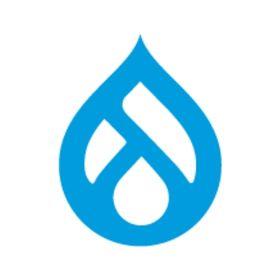This module allows auto creation of groups associated with a particular node.
Dependencies
This module depends on Organic Groups.
Examples :
1. A site with football teams -- every football team is a content type and the administrator wants that everytime a football team is created Fan Clubs be created automatically created.
2.A site with a lot of movies, celebrities, etc might need to have a community around all these content.
The module prevents you from the hassle of creating all these groups/communities/fan clubs for every content of yours.
The module classified content types into three categories:
1. Group content types (community, fan club)
2. Post content types (content types that can be posted in a group, e.g. image, video, story)
3. Remaining content types (active ones -- groups can be automatically created for these content types only)
The module allows the administrator to decide what group content types should be automatically created for active content types. Once a combination is selected, the module also allows the administrator to set default organic group settings like title, description, directory listing, membership type, private groups, and active on registration.
Once configured, every team a football team is created, the fan club will automatically be created.
 Still on Drupal 7? Security support for Drupal 7 ended on 5 January 2025. Please visit our Drupal 7 End of Life resources page to review all of your options.
Still on Drupal 7? Security support for Drupal 7 ended on 5 January 2025. Please visit our Drupal 7 End of Life resources page to review all of your options.